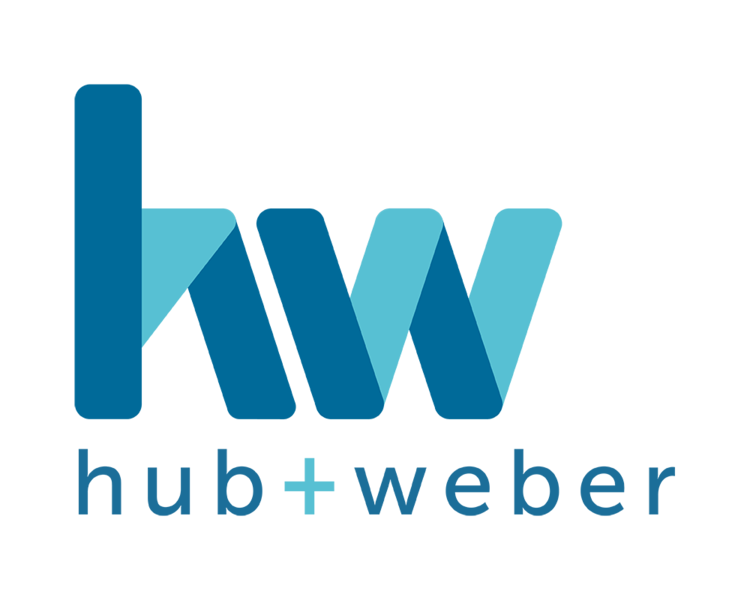Covington is currently in the middle of a redevelopment boom, with new projects going on in MainStrasse and downtown. Historically there are two categories of commercial property development, and each respond to either the automobile or pedestrian. Covington has examples of both development categories. Which is best for Covington?
People have an intuitive sense that the old, pedestrian-oriented, mixed use commercial districts are attractive and worth preserving. However, most contemporary commercial development is auto-oriented. The purpose of this blog post is to use the available data to quantify some of the economic benefits of each development type.
Car-oriented development includes large parcels, large parking lots, single story buildings, and wide setbacks around the buildings. People drive to their destination and park in front. This development type is common in suburban cities but is found in Covington north of 4th street, in Latonia, and in other pockets around the city.
Pedestrian-oriented mixed-use development includes multi-story buildings, off-site parking and a mix of uses (restaurant, bar, retail, office, residential etc.) near each other. People can walk, bike, or drive to this development but the parking is typically off-site. This development type is found in Covington’s downtown, MainStrasse, and Ritte’s Corner.
To quantify the benefits of each development type, two “blocks” were selected as typical examples of each development type (see the graphic at the beginning of this post). The blocks are about a quarter of a mile from each other in Covington’s urban core. The first is a car-oriented block that includes three fast-food restaurants. The second is a historic commercial block in MainStrasse with a broad mix of uses.
We can evaluate the economic benefit or value of the development types in a couple of ways:
Property Value: For each private parcel in each block, the property value and parcel area, as recorded by the Kenton County Property Valuation Administrator, were added up. The total property value of each development was divided by the area (in acres) of each development to produce a property value per acre. The data shows that on a per-acre basis, the property value of the mixed-use development is 2.3 times greater than the value of the car-oriented development.
Payroll Tax Revenue: Covington’s business payroll tax accounts for a significant portion of the city budget. As part of this research, the city’s accounting office provided total payroll tax value for the sum of all parcels in each block. The payroll tax value of each block was divided by the area (in acres) of each development to produce a payroll tax value per acre. The data shows that on a per-acre basis, the payroll tax produced by the mixed-use development is 4.4 times greater than the value of the car-oriented development.
Property taxes were not included as part of this analysis, but they can be inferred from the property values. Properties with higher value will pay a higher tax.
There are other important items to consider on the cost to develop and maintain each development type:
- Mixed-use development requires off-site parking whereas car-oriented development includes parking on-site. With car-oriented development there is a convenience factor to being able to drive to a location and immediately find parking. Mixed-use developments commonly require a dedicated surface parking lot or the construction of a parking garage. Off-site parking spaces can be shared among businesses which means that fewer parking spaces are required per business, and the off-site parking can generate additional foot traffic and expose pedestrians to different businesses.
- Mixed-use development has an important infrastructure cost benefit. Because the buildings are close together, the infrastructure costs – water, sewers, electricity, roads, sidewalks, etc. – are typically lower per building for mixed-use developments than for car-centric developments.
- The MainStrasse mixed-use district includes housing. While housing makes no direct contribution to the payroll tax, it provides built-in residents/users. This means that customers and workers can live within walking distance of the stores, restaurants, and businesses, reducing infrastructure costs. This type of mixed-use development also has environmental benefits, including reduced transportation energy consumption and a lower CO2 footprint.
- The historic mixed-use development pattern favors local ownership and local economic activity. This is an important relationship between a city’s built environment and its social fabric. Local civic groups like the Covington Business Council, the Latonia Business Association, the MainStrasse Village Association, etc. tend to be populated and led by the local business people who run small businesses in the mixed-use districts. Corporate business people who own multiple chain stores in multiple locations will typically be less socially invested in any one location/community.
There is quantitative evidence that mixed-use neighborhoods are economically more valuable per acre, and provide greater payroll tax benefits per-acre, than new car-oriented developments. Covington isn’t getting any larger. What’s the best and highest use of the available land? On a per-acre basis, the answer is clear.

